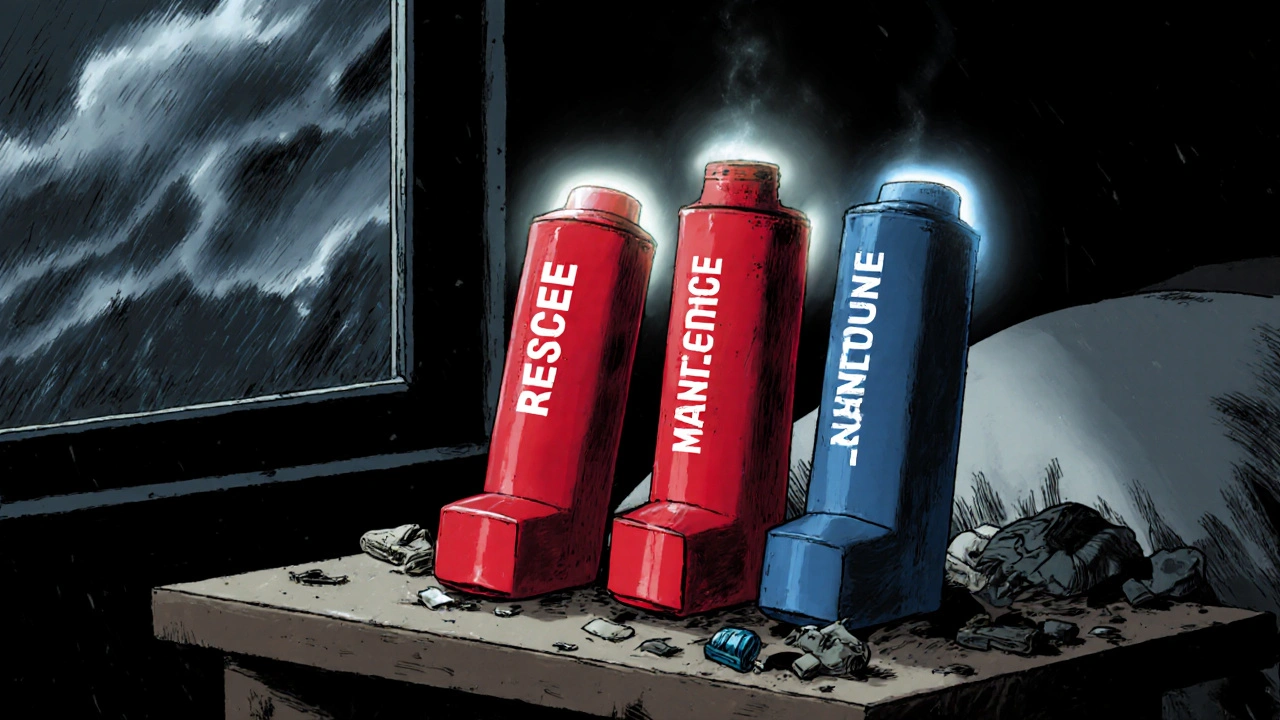Asthma inhalers: which type and how to use them
Have an inhaler but still unsure when to use it or which one is right? That’s normal. Inhalers are the main tool to control asthma, but they work very differently. Knowing the type you have and how to use it can keep symptoms away and help you avoid trips to the ER.
Types of inhalers and what they do
Rescue inhalers (relievers) stop symptoms fast. The common active drug is albuterol (salbutamol). You use these when you’re wheezing, coughing, or short of breath. If a puff doesn’t help after a few minutes, follow your action plan or seek help.
Preventer inhalers contain inhaled corticosteroids like budesonide or fluticasone. You take these daily to lower inflammation and reduce flare-ups. They don’t help in an attack right away but cut the number and severity of attacks over time.
Combination inhalers mix a steroid with a long-acting bronchodilator (LABA). Brands like budesonide/formoterol or fluticasone/salmeterol give both daily control and longer symptom relief. Your doctor will prescribe these when a steroid alone isn’t enough.
Other delivery options include dry powder inhalers (DPI) and nebulizers. DPIs need a strong, fast breath; MDIs (metered-dose inhalers) need a slow press-and-breathe technique or a spacer. Nebulizers turn medicine into a fine mist—useful for small kids or severe attacks.
How to use an inhaler correctly
For MDIs: shake the inhaler, breathe out fully, put the mouthpiece in your mouth, press once while inhaling slowly, then hold your breath for 5–10 seconds. If you struggle with timing, use a spacer. It makes delivery easier and reduces throat side effects.
For DPIs: load the dose as instructed, breathe out away from the mouthpiece, then inhale quickly and deeply. Don’t blow into a DPI. If you can’t inhale strongly, a nebulizer or an MDI with spacer may work better.
After using a steroid inhaler, rinse your mouth and spit. This cuts the chance of oral thrush and hoarseness. Keep track of how often you use your rescue inhaler—needing it more than twice a week usually means your asthma isn’t well controlled.
Can’t take a specific inhaler? Alternatives include switching delivery type (MDI to DPI), using a spacer, or trying a nebulizer. There are also different active drugs if one causes side effects. Talk with your clinician before changing anything.
Warning signs to get urgent help: severe breathlessness, trouble speaking, blue lips, or no improvement after rescue doses. If your rescue inhaler isn’t helping like it used to, see your doctor. Proper inhaler choice, correct technique, and a clear action plan make asthma manageable. Need help with technique or picking an option? Bring your inhaler to your next visit and ask for a quick demo.
Inhalers Explained: Rescue Inhalers vs. Maintenance Inhalers
Rescue inhalers give quick relief during asthma attacks, while maintenance inhalers prevent symptoms by reducing lung inflammation. Knowing the difference can save your life.
Symbicort Generics in 2025: What’s Approved and How to Get Them
Discover which Symbicort generics are FDA-approved in 2025, how to access them, and what sets each option apart for asthma and COPD management.


